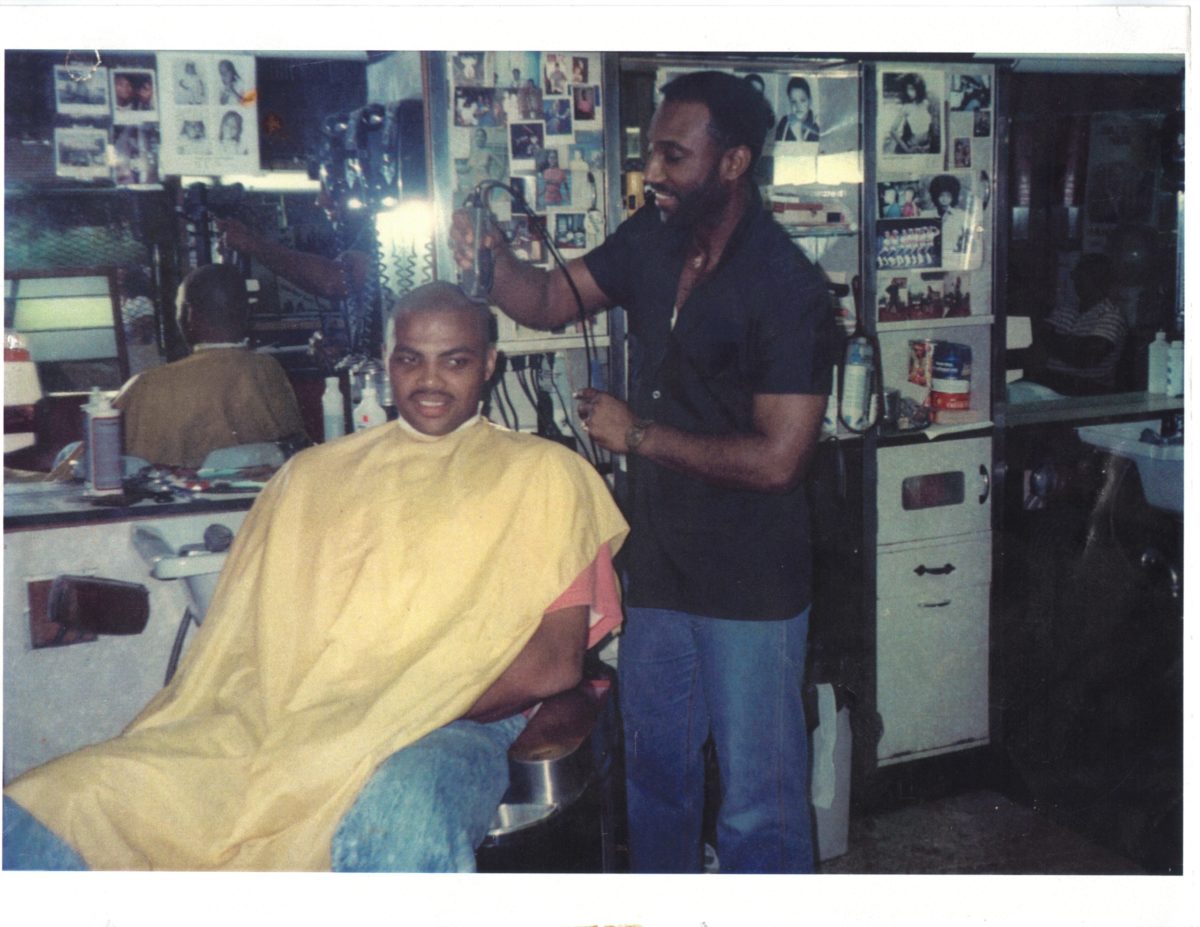Assuring Client Welfare By means of Effective Wellness and Security Regulations within the Grooming Industry
Assuring Client Welfare By means of Effective Wellness and Security Regulations within the Grooming Industry
Blog Article
The hair grooming sector holds a significant role in personal grooming and self-maintenance. However, it is vital to prioritize the health and safety of both clients and stylists in this setting. Effective health and safety regulations are crucial for maintaining cleanliness standards, preventing accidents, and ensuring a positive interaction for everyone engaged. By following these regulations, barbers can create a safe space that fosters trust and comfort among clients.
One key aspect of health and hygiene in grooming is sanitation. Barbers must adhere to rigorous cleaning protocols, including frequent disinfecting of tools and stations. This involves sanitizing scissors, clippers, and combs after every use to remove the possibility of transmitting bacteria or contamination. Additionally, barbers should use clean gowns and linens for each individual to maintain a hygienic environment. Implementing these practices not only protects clients but also enhances the credibility of the grooming business.
An additional critical requirement focuses on the proper handling of chemicals used in hair treatments. Products such as hair dyes, chemical straighteners, and other formulations can present hazards if not handled properly. Stylists must adhere to protective protocols for the storage and application of these chemicals to prevent skin irritations or allergic reactions among clients. Wearing protective gear and ensuring sufficient airflow during procedures are crucial measures that professionals should implement to protect customer well-being while offering high-standard care.
Injury avoidance is also a key element of health and safety regulations in barbering. Barbershops should be designed with precaution in mind, reducing dangers such as wet surfaces or cluttered areas. Team members should be educated in emergency procedures, including how to manage lacerations or burns that may occur during service. Providing first aid kits and ensuring that all staff members know their placements is an effective way to anticipate unforeseen events. By emphasizing safety measures, barbers can create an view publisher site environment where patrons feel safe and well-attended.
Lastly, clear interaction is essential to supporting customer safety in the grooming profession. Stylists should consult clients about their needs and any potential risks associated Continued with the services offered. This includes discussing allergies to products or prior negative experiences reported by individuals. By encouraging honest communication, professionals can develop rapport with their clients while ensuring that they receive personalized care aligned with their unique needs. In the end, prioritizing health and safety regulations will lead to improved client experience and a successful haircare business.